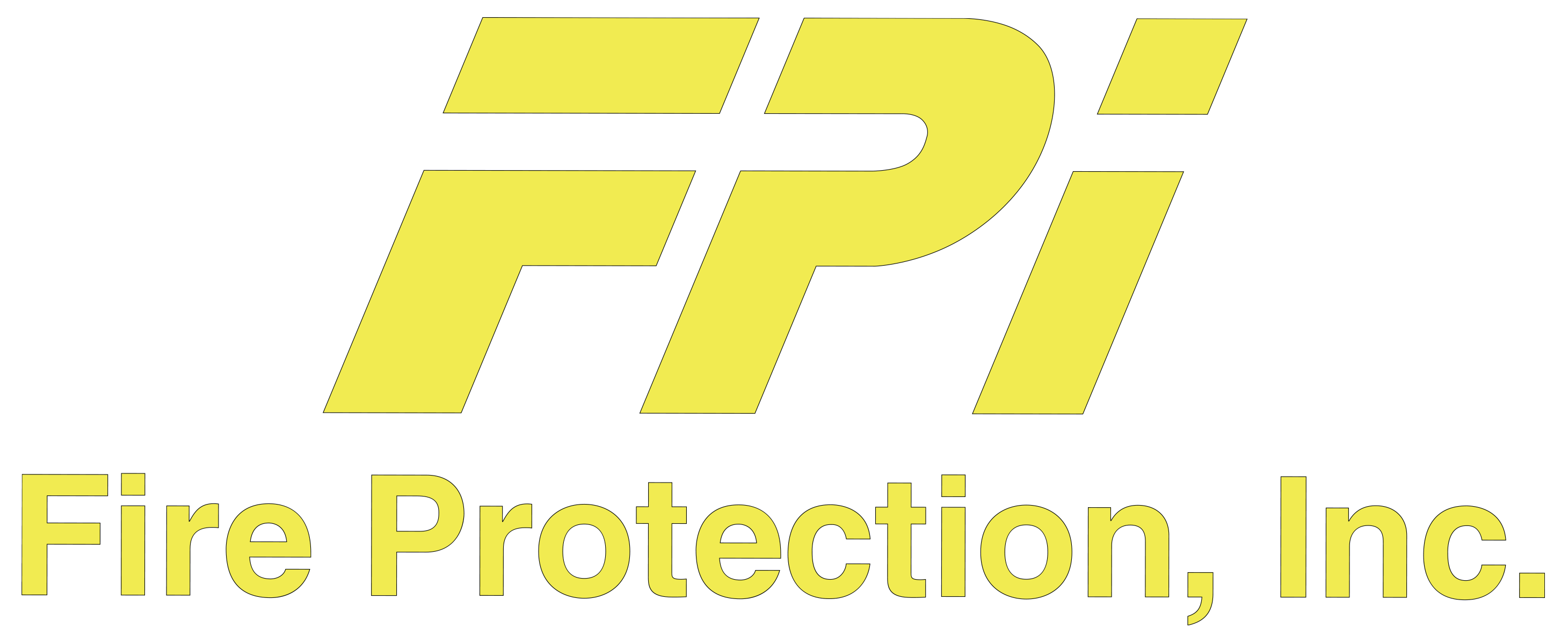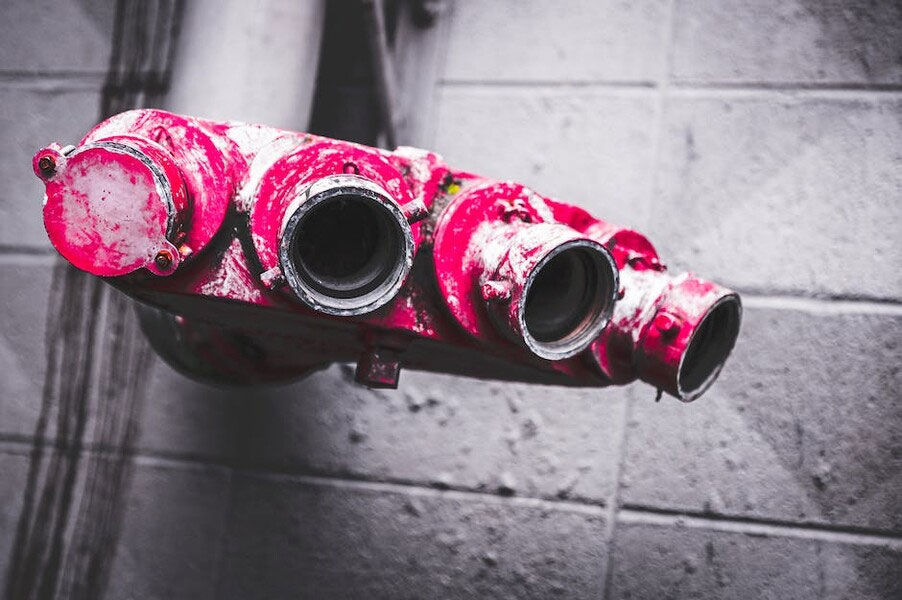There are over 700,00 professional kitchens in the United States.
When visiting a restaurant or commercial kitchen, you may have noticed a hood hanging over the stove area. However, hoods are not just for collecting smoke and odors.
They play a critical role in fire safety by housing a fire suppression system. Let’s explore how a hood fire suppression system works and why they are essential for fire protection in professional kitchens.
Detecting the Fire
The primary function of a hood fire suppression system is to quickly extinguish fires. Fires can flare up very quickly on professional stovetops, so having an automated system to combat this is important.
The fires are often the result of hot grease or oil. Cooking alcohols are another common culprit.
In order to detect these fires, heat sensors or fusible links are strategically placed inside the kitchen hood.
Activation of the System
If a fire breaks out on the stove, the heat sensors detect the change in temperature. They then trigger the fire suppression system.
Prompt activation is important. Kitchen fires can get out of hand very quickly. Range hoods can be fire traps, so the kitchen fire suppression system has to be able to act quickly.
Once activated, the system initiates a series of actions to combat the fire.
Types of Fire Extinguishing Agents
The fire suppression system typically uses two main types of fire extinguishing agents. These are wet chemical and dry chemical agents.
Let’s take a closer look at these two essential fire safety agents.
Wet Chemical Agents
Wet chemical agents are specially designed to combat grease fires, which are common in commercial kitchens.
When sprayed onto the burning surface, these agents create a soapy foam blanket that rapidly cools and smothers the flames. By cutting off the fire’s oxygen supply, wet chemical agents prevent re-ignition and effectively put out the fire.
Dry Chemical Agents
Dry chemical agents work by interrupting the chemical reaction of the fire. They release a fine powder that forms a barrier between the fuel and the oxygen, effectively halting the fire’s progression.
Dry chemical agents are versatile and can be used to extinguish various types of fires.
Suppression Nozzles and Pipes
The fire extinguishing agents are delivered through a network of pipes and nozzles strategically placed inside the kitchen hood. These nozzles are carefully positioned to ensure efficient coverage of the stovetop area.
When the system is activated, the agents are discharged in a controlled manner to target the source of the fire accurately.
Find a Hood Fire Suppression System Expert Today
A hood fire suppression system is a vital component of fire safety in commercial kitchens.
Their strategic design, along with the use of specialized fire extinguishing agents, makes them highly effective in combating different types of kitchen fires.
Regular fire suppression system inspections are essential to ensure the system remains functional and ready to respond in the event of a fire emergency. If you want to learn more about these systems, contact Fire Protection, INC. today.

